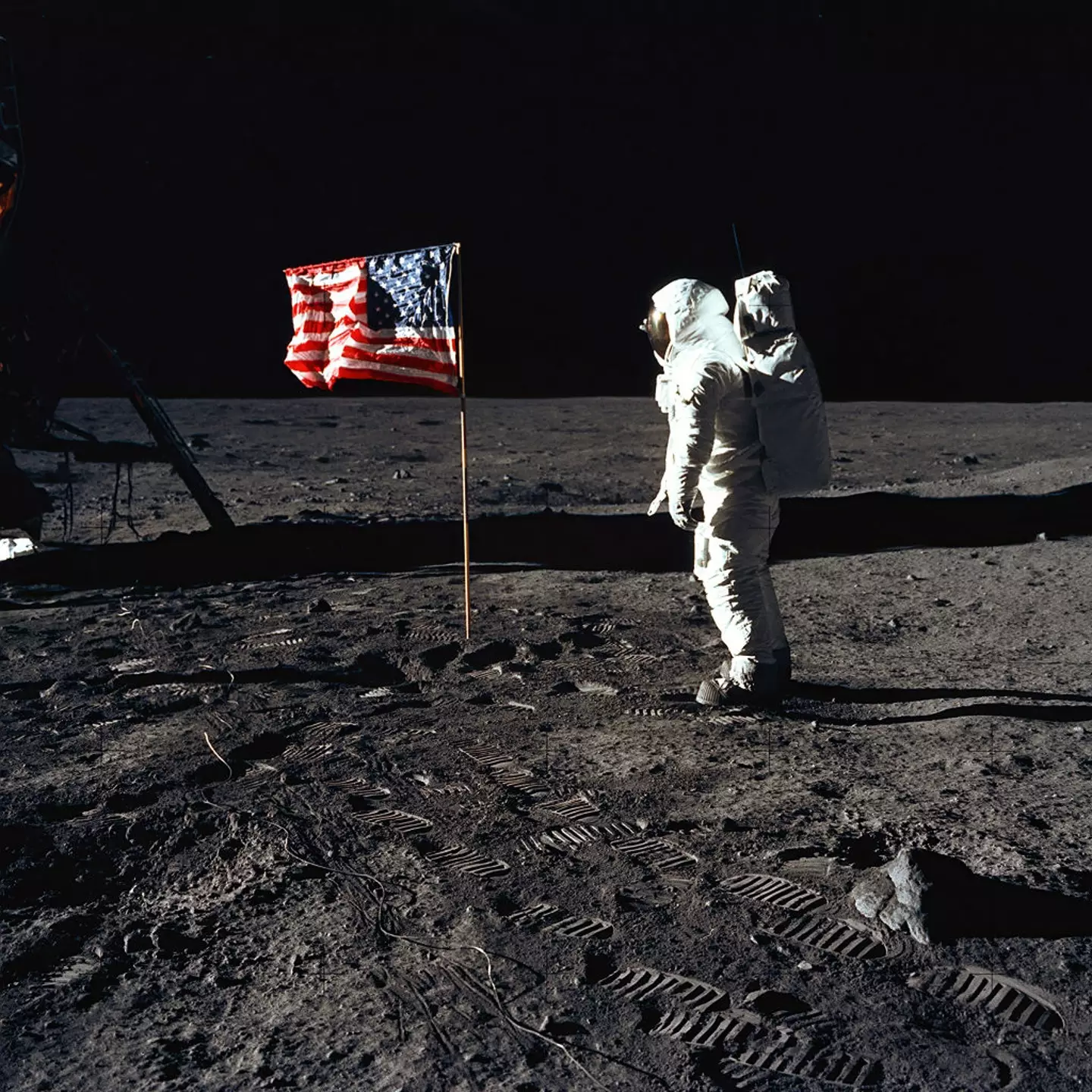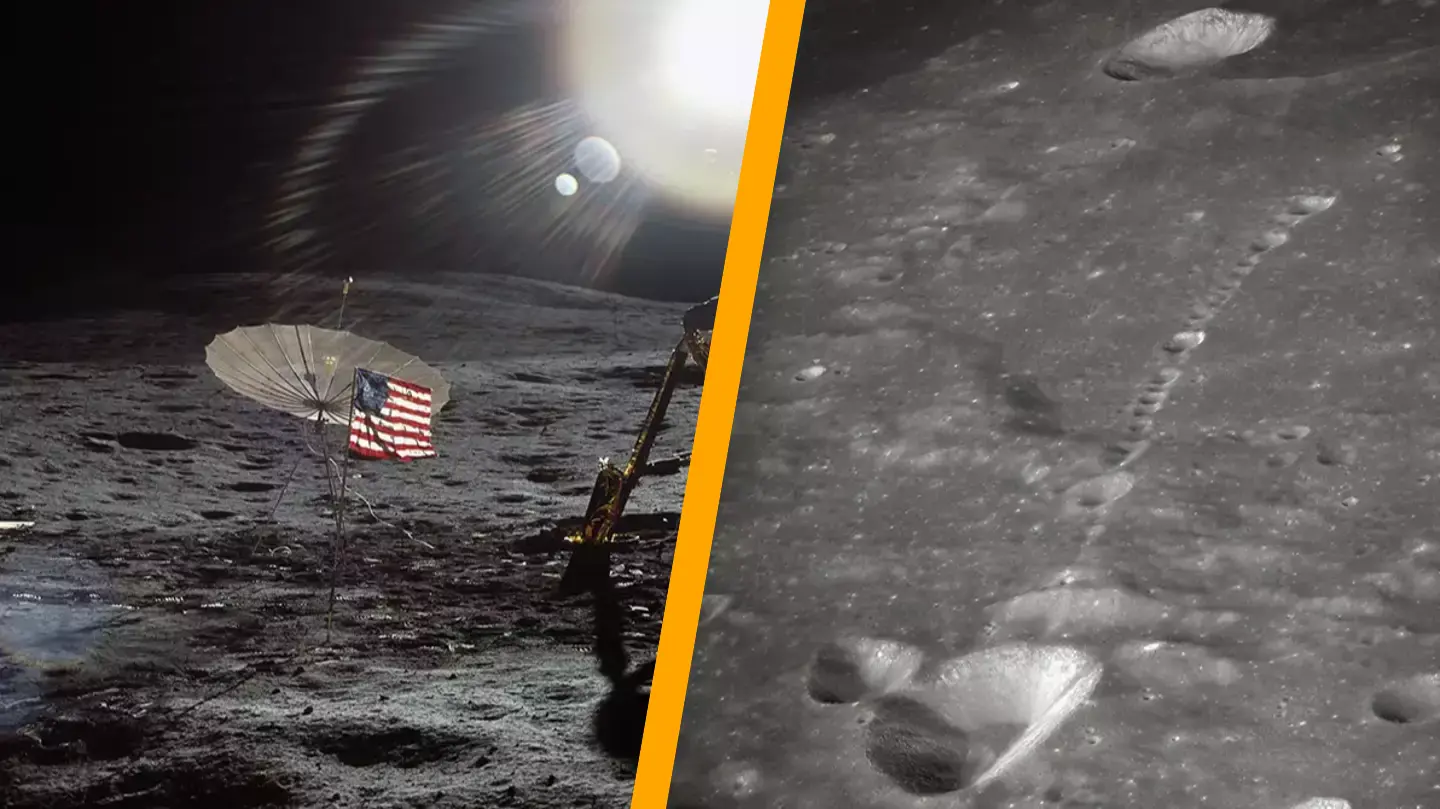Despite the evidence of moon landings, some conspiracy theorists remain unconvinced. However, photographs from five different countries might change the minds of those who doubt the historic event.
More than half a century ago, Neil Armstrong and Buzz Aldrin made headlines by becoming the first humans to walk on the moon. Armstrong’s famous declaration, “one small step for man, one giant leap for mankind,” was followed by Aldrin’s descent, while their lesser-known colleague, Michael Collins, remained in orbit around the moon as they planted the American flag.
This remarkable event stands as a pivotal moment in modern history, yet skepticism persists among some individuals. Such conspiracy theories are a source of frustration for NASA, which has repeatedly provided evidence to affirm the moon landing’s reality.
During a 2019 lecture in Greenwich, National Space Centre Discovery Director Professor Anu Ojha commented: “We find ourselves awash in an ocean of information online. There has been more data produced in the last two years than in the whole of human history. This information ocean is getting more turbulent every single day. The only tools we have to navigate through this maelstrom are the critical thinking skills that we are trying to develop in people as scientists.”
The remains of the Apollo 11 lander have been captured in photographs by five nations, potentially dispelling the doubts of skeptics. These countries—United States, India, Japan, China, and South Korea—have each taken images of the Apollo 11 site, with some of these photographs being shared on Reddit.
“The remains of Apollo 11 lander photographed by 5 different countries, disproving moon landing deniers,” noted a Reddit user who shared the images.

Among the images available on NASA’s website is a particular photo of Armstrong and Aldrin’s shadows, which some skeptics cite as evidence against the moon landing. They argue that shadows should be parallel if the sun was the sole light source, yet this image shows otherwise.
Expert analysis has since addressed this misconception. Prof Ojha explained: “This is on the surface of the Moon, but we can reproduce this effect any time we want to on Earth. You have all seen this phenomenon yourself, where, because of perspective, parallel lines appear to be non-parallel. If you are trying to reduce onto a two-dimensional plane a three-dimensional situation, you can make lines do all sorts of weird things. Artists have been using this for centuries.”

